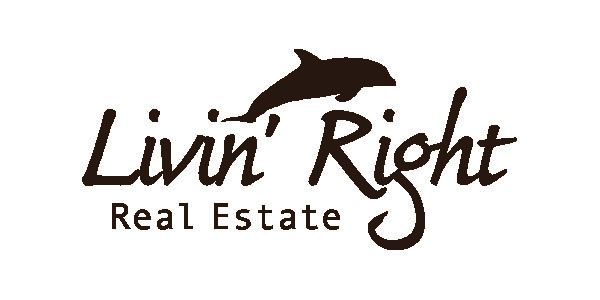‘Agrihoods’ a possible use for dying Fla. golf courses?
CHICAGO – Aug. 11, 2017 – More people want to experience farm life without buying an entire farm. As a result, an emerging type of community catching on from coast to coast is centered around food production and called an "agrihood."
Suburban agrihoods began appearing in the U.S. in the 1990s. At first, developers offered them as an alternative to golf-centered communities.
"What we learned over time was the majority of buyers in golf course developments did not play golf," says Ed McMahon, senior resident fellow at the Urban Land Institute.
At first, developers started putting farms at the centers of communities because it was a lower-cost form of green space that also helped differentiate neighborhoods, but they then discovered that homebuyers were drawn to the tranquility of farming and the fresh organic food produced by a backyard farm.
Many agrihoods also offer other benefits for community residents, such as farm stands and community-supported agriculture programs where residents can pay up front for weekly shares of the produce. Adults and children can also volunteer to work on the farm and get a hands-on education about food.
"People are interested in living with like-minded people who are interested in knowing where their food comes from," says Bill Maines, director of sustainability and leadership at the Leavey School of Business at Santa Clara University in Silicon Valley. "This provides a way for people to connect to nature without having to pull up roots and buy a farm."
Living in an agrihood doesn't come cheap, however. In Willowsford, Va., a 4,000-acre agrihood about 45 minutes outside of Washington, D.C., has single-family homes starting at $599,000 and stretching up to $1.3 million or more. As comparison, in the D.C. metro area, the median home price is lower at $463,300.
Agrihoods are also developing within cities, and one is credited for revitalizing a struggling neighborhood in Detroit's Lower North End. The three-acre farm known as the Michigan Urban Farming Initiative is volunteer-staffed. It's housed on a vacant site where an apartment complex burned down a long time ago and had never been replaced. Skyscrapers are just a few blocks away, and the farm is surrounded by older single-family rental homes.
"It started as a simple initiative to increase access to healthy food options for residents," says Tyson Gersh, who founded the initiative. About 20,000 pounds of produce are donated to community members each year.
Soon after he started the farm, he discovered a big demand from people who wanted to live next to it. "People were buying homes [in the neighborhood] because we were here," he says. "We've seen property values increase very fast, and a lot of that is driven by our farm."
The neighborhood has become a mix of seniors and millennials. Eventually, Gersh's group plans to purchase surrounding homes, rehab them and sell them to locals at cost using interest-free loans.
"We're redefining what life in the urban environment looks like, and that involves some sort of integrated agriculture," says Gersh, who lives a block away from the farm. "People love to be around plants, growing food."
Source: "Seeds of a New Community: Farm Living Takes Root in the Suburbs," realtor.com® (Aug. 9, 2017)
© Copyright 2017 INFORMATION INC., Bethesda, MD (301) 215-4688 ‘Agrihoods’ a possible use for dying Fla. golf courses?
